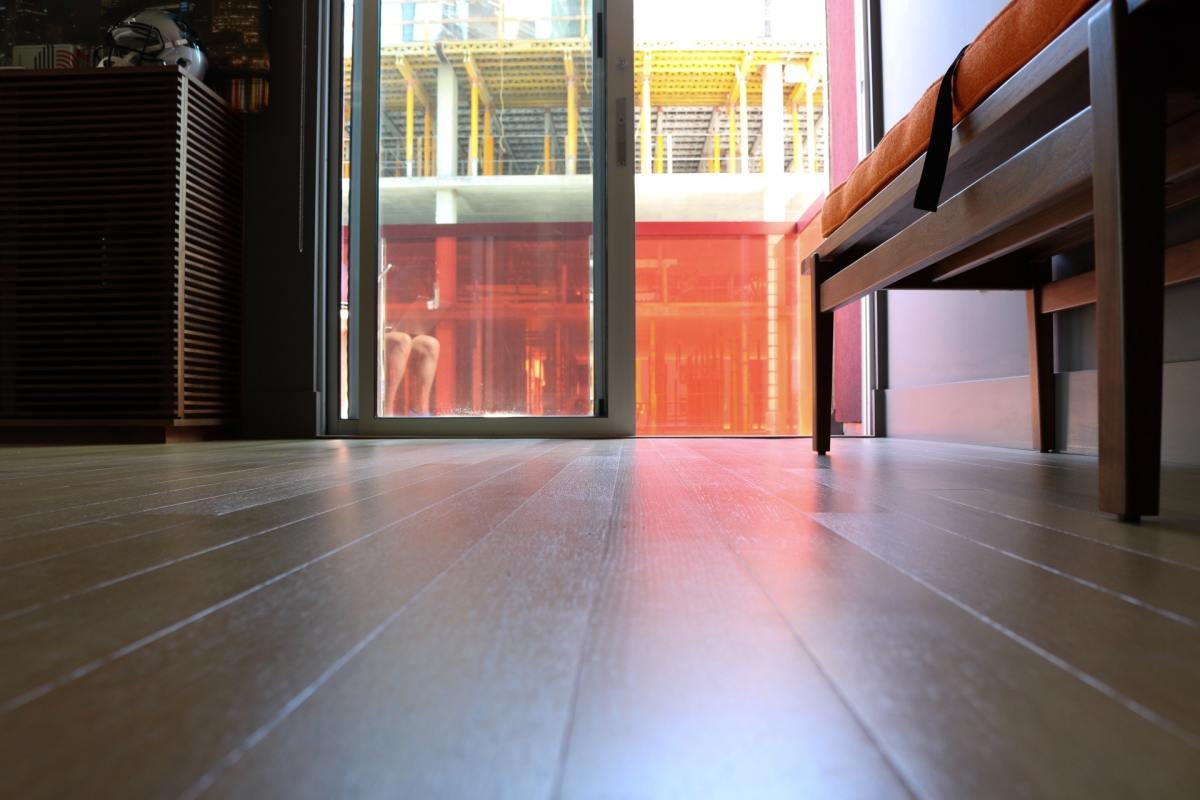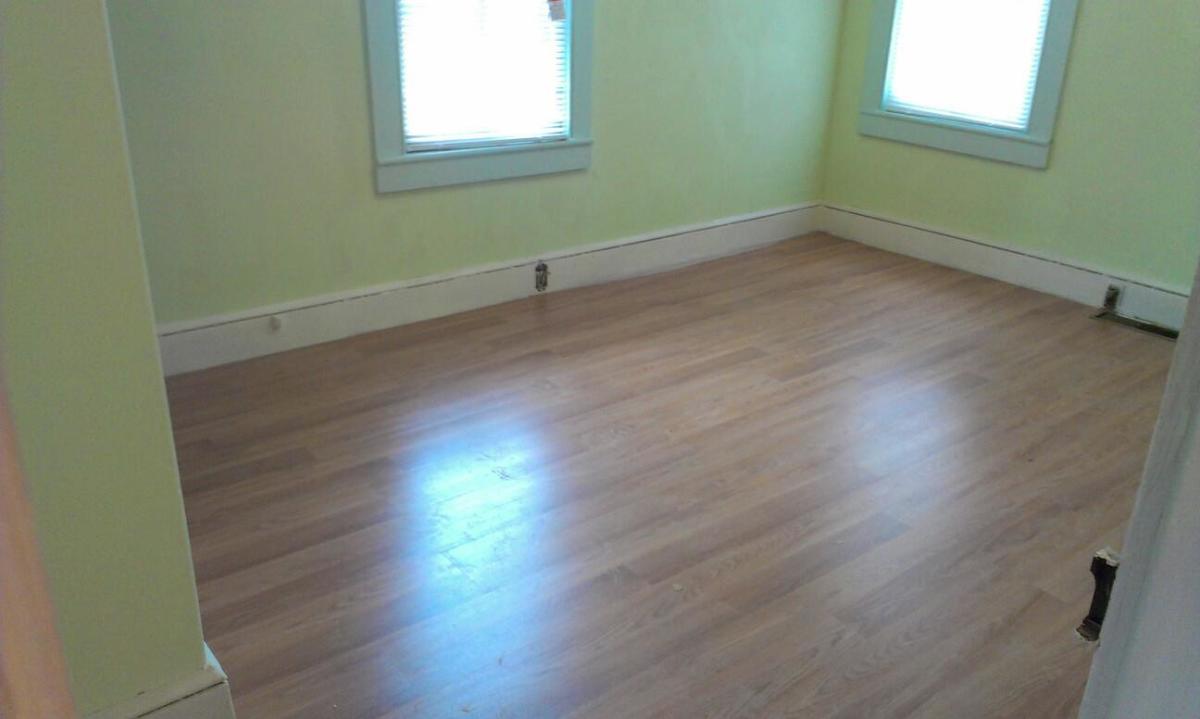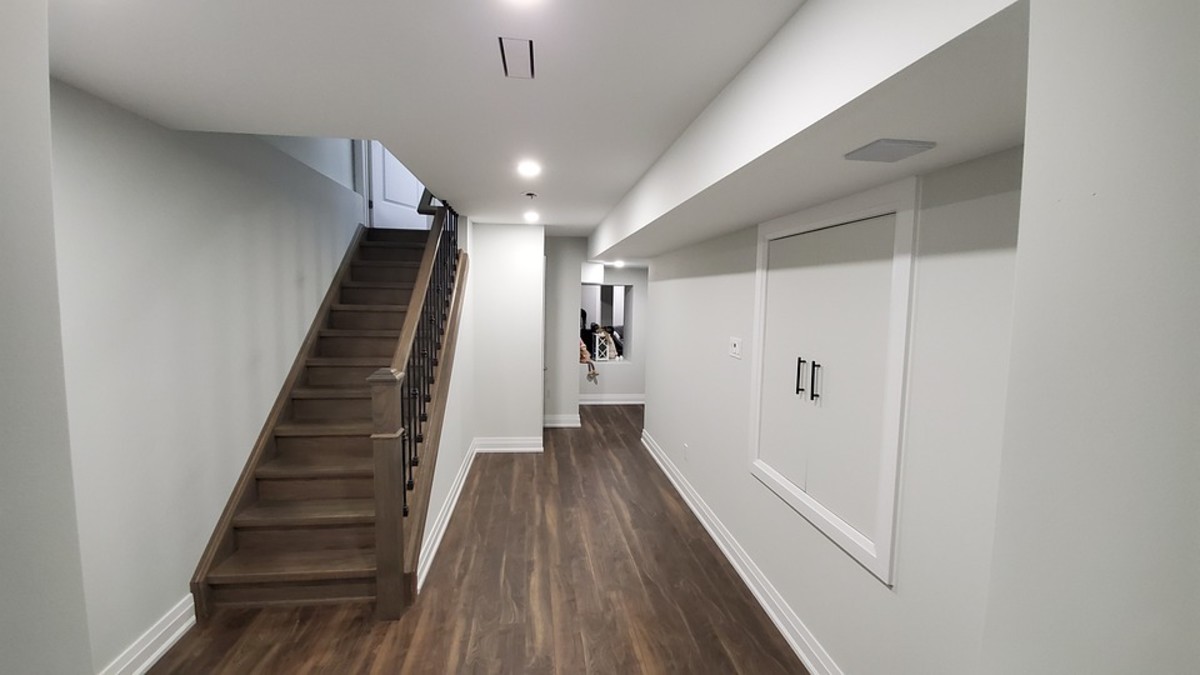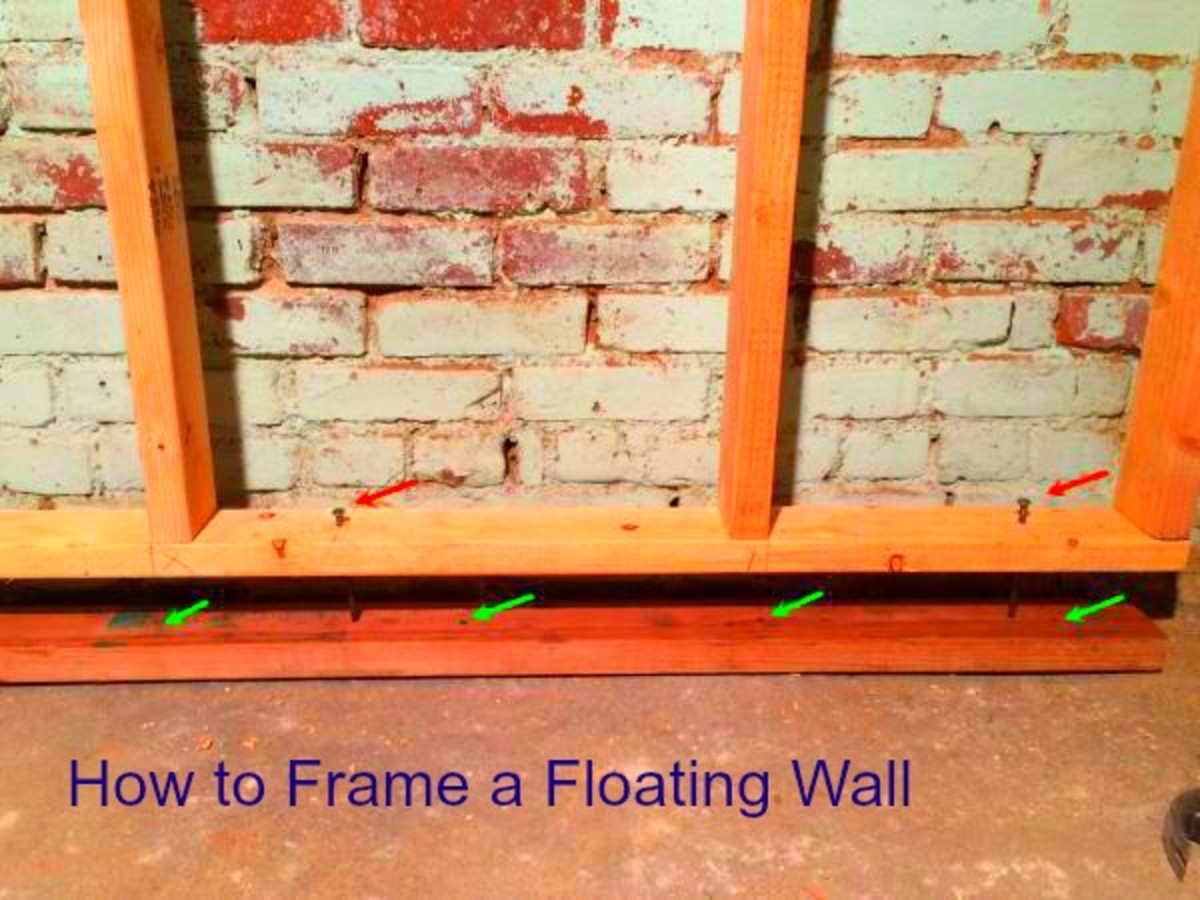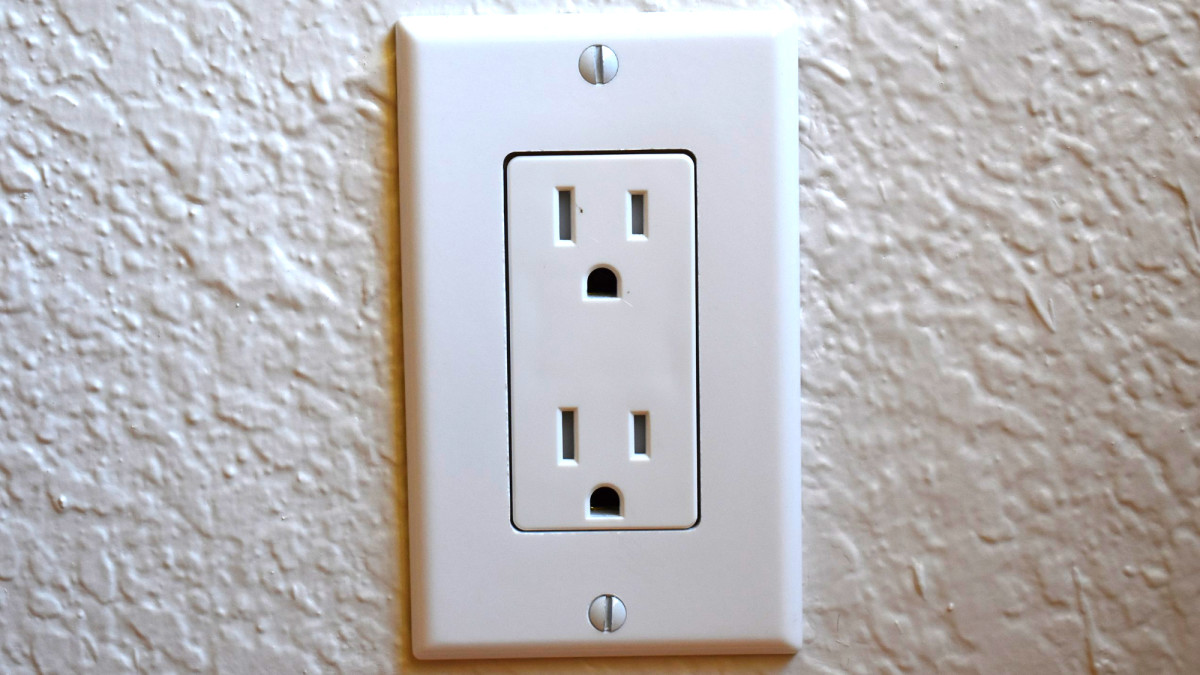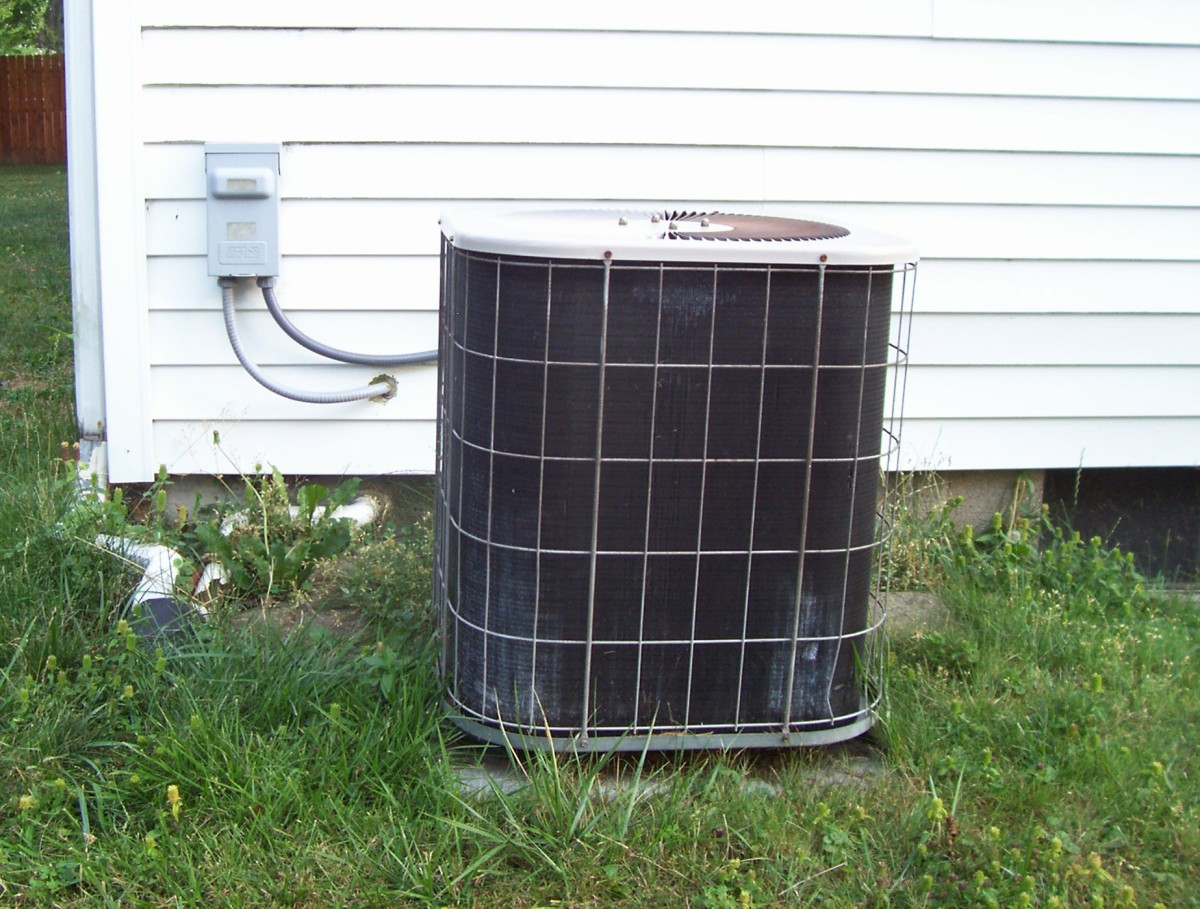How to install a floating engineered wood floor in the basement
So, you have decided to add a hardwood floor in your basement and are looking at the possibilities in regards to types of wood flooring that you can install. The bad news is that you won't be able to install a solid wood floor below grade. The good news is that if you want hardwood floors "down there", you can opt for what is known as engineered wood. This type of wood is basically more durable than solid wood and can be installed in areas of the home that are more susceptible to moisture....such as the basement.
The installation of an engineered floor will give you two options in the case of laying it down in the basement.
- You could glue down the hardwood
- You could lay a free floating hardwood floor
I have written a quick article on how to install a glue down hardwood floor in the basement. In this article, I will go over option #2; how to lay a floating floor in the basement.
Advantages of a free floating floor
There are some advantages to going with a free floating floor. First of all, because the planks or sections of the floor will lock into place (also known as the quick loc installation style) , you won't need to deal with the messiness of glues or adhesives. Also, because the floor isn't "glued down" but float above the subfloor, the whole floor acts as one unit, making it ideal to be installed in basements as well as areas of the country that are high in humidity or tropical.
Secondly, it is much easier to install this type of floor than the ones that require a glue down or nail down method (with nail down, you need to be above the soil line). In fact, in regards to installations, a free floating floor is an easy DIY installation.
Finally, while it is not a totally eco-friendly floor, since you aren't using toxic glue or adhesives, a floating floor is more environmentally friendly.
Prep time before installing is the most important path to success
The good news is that installing a free floating wood floor is easy. The bad news is installing hardwood in the basement will require a little more preparations to ensure that your floors aren't ruined after the fact. The most important thing is to have the humidity and moisture checked in your basement to make sure that it is inline with the recommended installation requirements. You can have a professional do this or simply borrow or buy a moisture meter and check the levels. The moisture content should not exceed 4%. If it does, you will need to add a vapor barrier (insulation) between the basement slab and the floor as well as determine if the moisture is coming from the walls as well. You can use your senses to determine this; if the room smells musty or moldy, then chances are you have a problem...if there is peeling paint or signs of mold on the wall, then there is excess moisture...ect....ect.
Another part of preparation is to determine that the basement slab is flat and level. It doesn't have to be as level as a glue or nail down floor since their will be an underlayment foam going on top of the floor, you will want to fill up any "craters" or visible dips in the room. You can use a self leveling grout to level the floors. This can get kind of pricey if the basement is large but it is a necessary evil, so don't skimp.
The final part of prepping the basement floor is to actually make sure it is as clean as possible before you lay the vapor barrier. While this isn't as important as it would be with using a hardwood floor adhesive, it is still important.
How to install a free floating wood floor
In most cases, installing this type of flooring is a lot like building a jig saw puzzle. Some manufacturer's will require you to glue the sections together (around the tongue and groove) but increasingly, the click lock installation method is the most popular.
You will want to chalk a straight line into the floor to ensure that the floor will be straight. Using a hammer and a scrap piece of wood, gently tap the pieces together until they lock securely in place. Repeat this process until the floor is complete. Just like the glue down floor, you will want to leave an expansion gap along the perimeter of walls and columns as this is where your baseboards will go.

